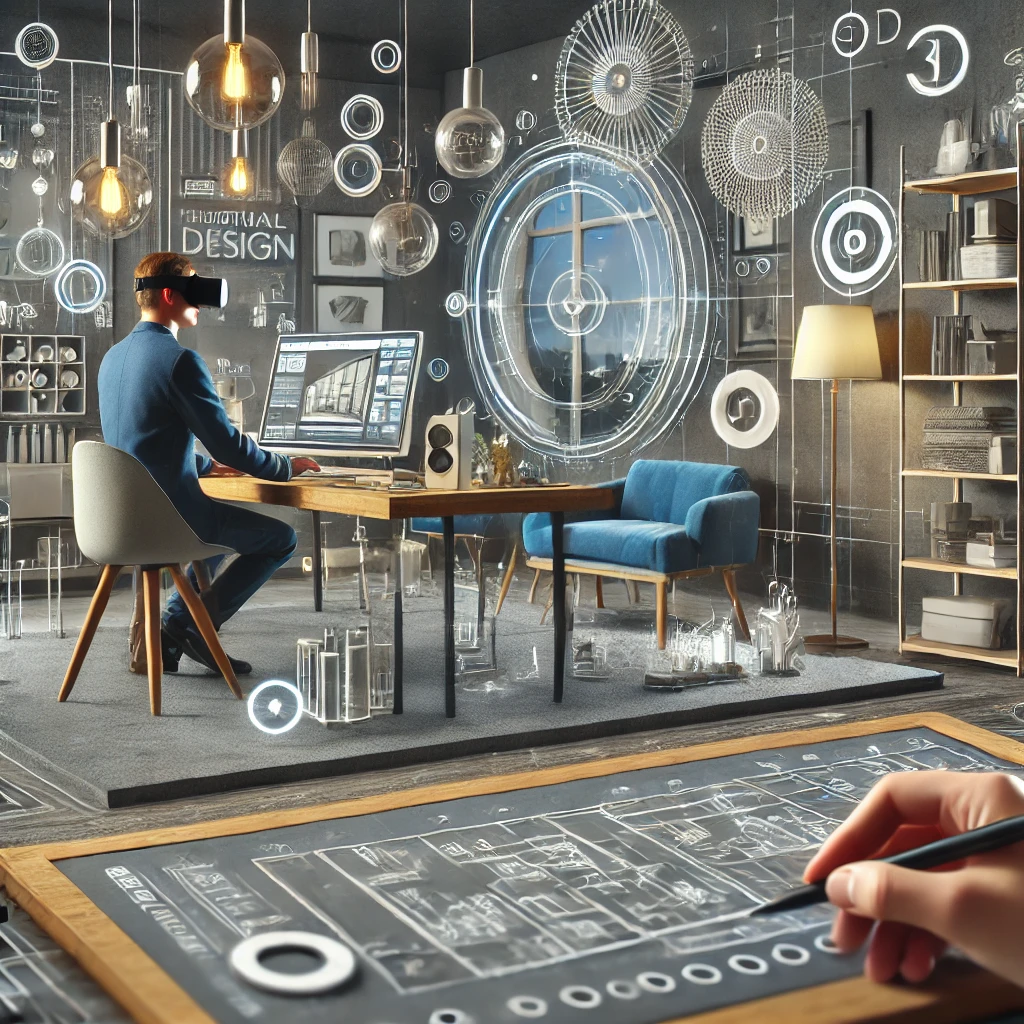
Design Experience with Virtual Reality
Virtual reality (VR) is emerging as a groundbreaking technology in interior design. This technology allows designers and clients to virtually walk through spaces, see changes in real-time, and fully experience projects before they come to life. The design experience with virtual reality makes the design process more interactive, effective, and client-centered. In this article, you will discover how virtual reality technology is integrated into interior design and the advantages it offers.
1. Realistic Visualization of Designs
Virtual reality allows designs to be realistically visualized through 3D modeling. Clients can explore the designed spaces in a virtual environment and examine every detail. This way, they can see exactly how the arrangement of furniture, color palettes, lighting, and all other elements come together. This realistic visualization accelerates the decision-making process for clients and increases their confidence in the project.
2. Ability to Make Instant Changes
Virtual reality offers the ability to make instant changes during the design process. Clients can easily modify elements they dislike in the virtual environment and immediately see how these changes impact the space. This feature makes the design process more flexible and dynamic. Designers can also quickly respond to client feedback and make immediate revisions to the project.
3. Increasing Client Engagement
Virtual reality increases client involvement in the design process. By experiencing the project virtually, clients can express their ideas and expectations more clearly. This engagement helps tailor the design more closely to the client’s needs and preferences. Additionally, client commitment to the project and satisfaction levels also increase.
4. Preventing Mistakes
The design experience with virtual reality allows potential mistakes to be detected early. Clients and designers can identify details that might have been overlooked during a virtual tour of the design. This helps address potential issues before they arise in later stages of the project. As a result, both time and cost savings are achieved.
5. Use in Education and Presentations
Virtual reality is not only effective in the design process but also serves as a valuable tool for education and presentations. Designers can present their projects in a virtual reality environment, offering clients a more immersive experience. Additionally, this technology can be used as an excellent educational tool for design students, allowing them to practice and develop their skills in a virtual environment.
Conclusion
The design experience with virtual reality is ushering in a new era in interior design. This technology makes the design process more interactive, flexible, and client-focused while ensuring that projects are completed more quickly and effectively. Virtual reality offers significant advantages for both designers and clients, taking interior design to the next level.
